Former Seafood Watch aquaculture research director questions global aquaculture production ‘needs’
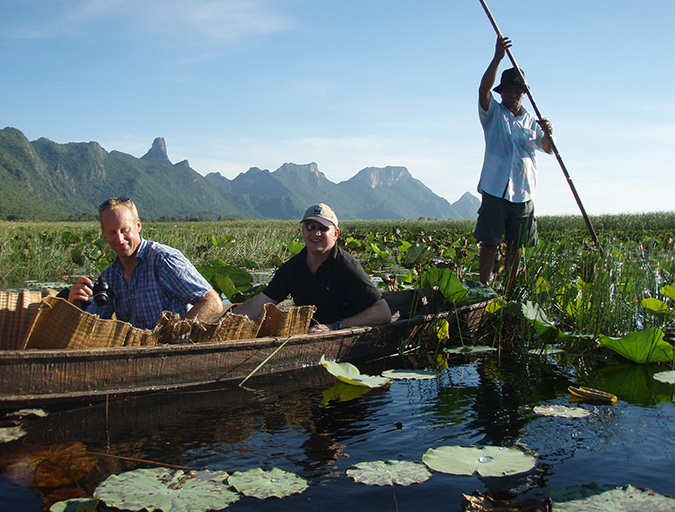
In the often complex world of sustainable seafood certification standards, Peter Bridson feels right at home. He’s a member of the Global Aquaculture Alliance’s Standards Oversight Committee and was a member the Aquaculture Stewardship Council’s Shrimp Dialogue Global Steering Committee from 2009 to 2013. He’s also taken part in an international effort — the Global Seafood Sustainability Initiative —seeking to benchmark the leading certification schemes, participating in its Aquaculture Expert Working Group.
If anyone can make sense of it all, it’s Bridson, who gained notoriety for his work at the Monterey Bay Aquarium, where he was the aquaculture research manager for the Seafood Watch program. There he helped to guide the program’s influential marketplace recommendations for six years before launching his own consultancy, Seagreen Research, in January 2015.
The Advocate caught up with Bridson in February to discuss a wide range of topics, including certification standards, the progress he’s witnessed in the farmed salmon industry and what he feels is the misconstrued meaning of the word demand.
I’ve asked folks like David Little what they see in today’s students, and there’s optimism. Do you think aquaculture is becoming more of a viable course of study and career path for young scientists?
That’s a really good question. It’s amazing that’s it’s not higher-profile academically, and it lags behind the enormous development of aquaculture over the last 20 years. From my perspective and from my time at Seafood Watch, for example, we were looking for qualified analysts to write Seafood Watch aquaculture assessments. It was actually very hard to find people that could provide high quality writing and research on aquaculture and it’s still a challenge out there to find those people. The likes of David Little are doing a fantastic job of changing that, but we’re still behind the curve in terms of getting those students through the system. There’s a mix of people who study aquaculture from the practical, get-your-hands-wet perspective of growing fish, and then there’s the environmental and food-systems approach of studying how aquaculture fits into the bigger picture of food production. There’s is certainly a lot more academic research on aquaculture these days and a rapidly growing scientific literature, but there are still so many things we need to understand better.
Get your hands wet — what valuable things can you learn only in the field?
Most of the work I’m doing is looking at the scientific research around aquaculture and combining it with farm-level and industry-level data. Scientific papers can be enormously complicated and are often very polarized, and the real advantage of getting on the farm is to see what it all means in reality. You can can read 20 papers on silvofisheries that combine shrimp and mangrove farming, for example, and think you have an understanding of it, but it’s very different when you’re talking to a farmer on a pond bank in Vietnam. They’re a rich source of information, and in the assessments I’m working on these days, it makes a big difference to have the input from the farmers themselves in terms of really understanding how they grow their fish, how they manage pathogens, and how they deal with environmental impacts in the real world.
What nations or regions of the world are truly dynamic in terms of aquaculture production/vision/leadership/diversity/economy?
To be honest, everywhere is very dynamic for aquaculture. It’s a continuous phase of development, research and improvement. It’s difficult to single countries out. There are huge changes happening in Southeast Asia, obviously, with volumes and production techniques. You can still see rapid shifts in industry practices, often responding to things like disease, like switching to closed ponds for shrimp or tilapia. It’ll be interesting to see what will happen with open-ocean aquaculture, but in terms of pushing the boundaries of aquaculture production, that happens everywhere it’s done. 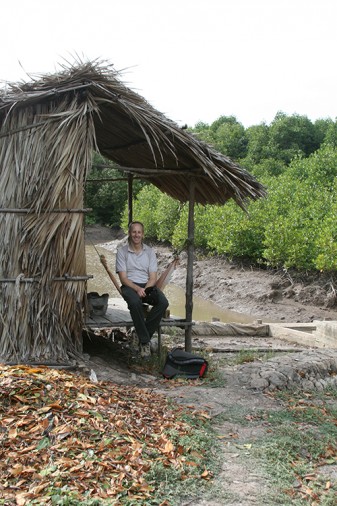
What concerns you about aquaculture in terms of its long-term growth prospects and ultimately its marketplace acceptance?
That’s a very complicated question, and I think it depends on how you look at it. I look a lot at the aquaculture products that end up on peoples’ plates in the U.S. and Europe, and there’s a big contrast with the more direct consumption of aquaculture that’s happening in developing countries. When you think about how aquaculture fits into the global food system as a protein source, it all changes very much when you look at it from a U.S. perspective where we eat vastly more protein than we actually need, compared to the real food security issues in developing countries.
Growth prospects are interesting, particularly when you think about this perceived demand of vastly increased fish needs by 2050. I have a question about that demand. Is there really a big demand for farmed salmon in China? Are consumers banging on the doors of supermarkets saying,”We demand farmed salmon”? I’m not an economist, but the word “demand” has this sense of urgency that somehow must to be met. What we’re really talking about is an economic opportunity to sell a lot more fish. So there’s a big question of whether there’s a true demand and need for that luxury protein in places already consuming too much. And to put it simply, developed countries like the U.S. are flushing half of their protein down the toilet. When you think of the environmental impacts of producing that fish and their feeds, then the acceptable impacts seem to change when you are talking about fish as a luxury verses for genuine food security.
Seafood Watch has now given the yellow/good alternative rating to three specific types of ocean-raised farmed salmon as a nod to their progressive production methods. Is this due to a mindset change at the aquarium, or is this driven mostly by producers?
Fair to say it’s a bit of both. One of the key things I think is simply data availability. Some of those examples you refer to have been great in literally opening up their books to really understand what’s happening on and around their farms. Certainly there’s a changing dynamic at Seafood Watch, too; I hope I was part of that while I was there, in terms of really promoting a scientifically neutral perspective on the assessments that they run. The criteria they use there have also advanced over the years. Certainly there’s been a lot of changes in the industry; it’s changed undeniably with big leaps forward in the research and the understanding of the key impacts like escapes and sea lice. Where we perceived in the past to be really major problems, there’s much more understanding now of how those things vary on a regional basis.
Will farmed salmon ever break free of the types of emotionally charged criticisms its gotten thus far? What must be accomplished to gain widespread acceptance?
Again, that varies a lot from region to region in terms of the impacts, but we’re learning more and more about them all the time. From that perspective, there are some regions that are getting quite close to yellow as far as Seafood Watch perceives it. For example, Chile has a particular problem with one bacterial disease, rickettsia, which means it uses large amounts of antibiotics at the moment. If they were to develop an effective vaccine for that disease, then all of a sudden, in theory, the antibiotic usage would drop dramatically. And that would completely change one of the key problems for that industry. There are some technical problems like that, which could, in theory, change the prospects of large regions. Norway, for example, is seen as leading in technology and they also have some fantastic data availability. The most densely farmed fjord in Norway now has some really good studies that shine a greater light on the impacts there. Feed is changing rapidly, and antibiotic use in Norway has come down. It’s all going in the right direction, but there are still questions about the cumulative impact and the overall efficiencies. Will it ever get there in terms of full approval? I don’t know. The Seafood Watch recommendations are seen as important and that may continue to help drive change.
Sustainable seafood certification, as you know, is a highly competitive field for seafood but particularly for aquaculture. Looking at the leading three farmed seafood schemes — ASC, BAP and GlobalGAP — do they have more commonalities than differences?
Yes. A very definite yes, but we’re still struggling to find an effective way of truly quantifying the differences between those schemes. There’s some practical differences in terms of how the schemes operate, and when you get into the details of the standards themselves, there are many things they all cover, but also some big differences of scope. For example, GAA takes a closer look at processing than ASC does, but when you look at the key environmental and social aspects, ASC and GAA and GlobalGAP have more similarities than differences. I’m interested in developing ways to work out exactly what the differences are in a subtler way than the gap analysis or benchmarking that’s been done to date. I think you need a more nuanced look at the standards and how the schemes operate to really answer that question.
Why is the Global Sustainable Seafood Initiative (GSSI) and the benchmarking tool needed and what impact will it have?
I was on the aquaculture expert working group for GSSI. It was really quite an interesting and challenging process to develop that benchmarking tool. It’s too early to say how useful it’s going to be until we see some of the results that come out of it. The process changed through the time that we were working on it, and it became more closely tied to [United Nations’ Food and Agriculture Organization] technical guidelines for aquaculture, which from my perspective weren’t a great tool for us to use for that process. Simply because it wasn’t written in the language that it ideally would have been for the way that we were using it.
We already produce enough food to feed that 9 billion people right now, it’s just we distribute it very poorly and waste enormous amounts of it in the supply chain. As consumers we waste a lot as well, and then remember the excessive luxury protein consumption in developed countries.
[The benchmarking tool] is certainly useful; there’s a need for that information and it’s a very common to question which schemes and standards meet a minimum acceptable level of performance. Whether GSSI will effectively deliver that answer remains to be seen. It’s going to be very interesting to see the level of complexity of those results, how robust they are and to see what the response is to them.
Regarding the supplementary components in GSSI, there is a place for different levels of standards or different bars, if you like, to drive that progression in a classic stepwise improvement from a low-level standard to a high-level standard. There’s a benefit to the marketplace to have those results available.
Aquaculture has had a number of puzzles to solve over the years. For each puzzle, assess how the industry has done to solve it.
Adapting feed formulations and reducing the dependence on wild fish populations:
Amazingly well, pretty much across the board. Still a few examples where those wild fish levels are high, but these are primarily in the development of new species. The global total use of marine ingredients is still huge, of course, and in terms of what needs to be done, we need to understand a lot more about the realities of using the alternatives like the crop ingredients and the land-animal proteins that are being used to replace marine ingredients. We need to understand the impacts of producing those ingredients and also have a really robust debate about specialized ingredients like GM alternatives and more technical ingredients. Very good progresses, but a key thing to watch if aquaculture production were to double by 2050.
Identifying diseases and quickly preventing their spread:
Some progress in terms of general biosecurity but some big time bombs perhaps for things like pangasius and some of the more intensive industries. Disease is still a handicap for many industries and it’s a common topic at conferences like GAA’s GOAL meeting because it’s such a major issue. Still some big problems.
Controlling pests like sea lice:
A lot of progress at the farm level but still a lot of concerns at the cumulative regional impact level. Huge improvements in understanding the potential impacts in key regions like B.C., Norway and Scotland where this is the primary concern for impacts to wild salmon and sea trout. And it’s interesting to see a region like New Zealand that doesn’t have any problems with sea lice whatsoever. There are major problems in terms of losing efficacy of treatments in many regions, and we’ve even got resistance to hydrogen peroxide developing in Norway now, which is mind-boggling to think how that works from a biological perspective. Lots of interest in cleaner fish to reduce the need for chemicals.
Limiting the use of antibiotics:
Really good progress for some species, but still major problems for salmon in Chile, perhaps pangasius in Vietnam and for less controlled use in SE Asia in general. It’s difficult to know the actual impacts from an environmental perspective and also their contribution to the global dilemma of growing antibiotic resistance from a clinical human perspective. There’s a huge body of literature on resistance, but it’s very difficult to know what aquaculture’s contribution is to it. In general, there have been improvements in the responsible use of antibiotics, but still big issues in getting data from the less regulated regions.
Lastly, mitigating the impacts of pollution:
A lot of progress in understanding what those impacts are, or what they could be in different situations. Still some notable problems for sludge disposal from pangasius and shrimp ponds, but for salmon, there’s been good progress in site biomass management and monitoring, and particularly in data availability and academic research. I mentioned the densest farming area in Norway, the Hardangerfjord, which has about 70 to 80,000 metric tons of production, but now it’s been really well studied, and it’s showing that even that amount of production is not really having any major impacts.
It’s popular to compare aquaculture production to terrestrial livestock production in terms of greenhouse gas emissions and feed conversion ratios, examining the efficiencies of protein production. One, how favorable is aquaculture in this comparison? And two, could this strong comparison convince the public to eat more fish?
It’s definitely an important discussion that needs to happen. The aquaculture industry has been pushing that for some time and rightly so.
If you were to say, “Is it better for the planet if I ate a portion of farmed salmon versus a portion of feedlot beef?” The answer is probably yes. In the context of global protein consumption, and if you look at an average consumer in the U.S., it might be better if they didn’t eat either of them. Both production systems typically result in a substantial net loss in edible protein, and when you consider the environmental impacts you’re willing to accept for food production, the dynamics of that conversation change whether you’re consuming that protein as a genuine food security need or whether it’s as part of vastly excessive luxury protein consumption in the West. So it gets complicated really fast.
There’s a lot of drive to increase aquaculture production simply because it makes a profit, and this has to be a big part of that discussion too.
Mussels, and low-impact aquaculture production in general, offer a different perspective compared to feedlot beef or large-scale industrial salmon production, or tilapia, or whatever. There’s a lot of misinformation about feed-conversion ratios, but another big part of that debate is the omega-3 fatty acids in farmed salmon, which complicates that discussion enormously compared to the whitefish or something else you might eat instead. Of course, those fatty acids also come from wild sources, and it’s really difficult to get your head around it all. You can have conversations with people that change your perspective dramatically until you go home and scratch your head about it some more.
And then the media likes easy answers, but quantifying things on a global scale is hard.
And it’s more complex than looking at simple numbers like feed-conversion ratios for salmon compared to a chicken or a pig or a cow. And those things in many cases simply aren’t comparable. But it’s tempting to make the comparisons because the numbers are easy and it’s very attractive for the aquaculture industry to do that because the numbers look really good. The reality is the actual numbers are much more complicated than those simplistic ones. It’s not necessarily greenwashing, but the reality is that’s it’s easy to look at the numbers from different perspectives and get equally valid [but different] interpretations of the data.
It’s been mentioned too many times to count that food production needs to significantly increase to meet the demands of some 9 billion people walking the planet in 35 years. Is the type of increase that keeps getting mentioned — roughly doubling farmed seafood production — possible?
Perhaps the more important question is: Do we really need to? We already produce enough food to feed that 9 billion people right now, it’s just we distribute it very poorly and waste enormous amounts of it in the supply chain. As consumers we waste a lot as well, and then remember the excessive luxury protein consumption in developed countries. We have to bring those aspects into the discussion and really question whether we genuinely need to double food production by 2050. The answer is, very clearly, no we don’t need to.
The interesting part is thinking about the specific seafood aspects, particularly with regard to the omega-3 health benefits. Undeniably we’d all benefit from eating more long-chain highly unsaturated omega-3 fatty acids, but how we do that is complicated. Do we do that through farmed salmon or through eating more anchovies? It would be much more productive to eat anchovies and I’m still amazed that nobody’s come up with a food processing method to make them more palatable and more suitable for human consumption. We’re still losing huge amounts of efficiencies by transferring them to farmed fish.
There’s a lot of drive to increase aquaculture production simply because it makes a profit, and this has to be a big part of that discussion too. The apparent need to double production to meet demand by 2050, according to a trusted organization like the FAO, is a convenient and powerful marketing tool that can be applied to farmed species that may not be the best things to double if you are referring to a genuine food security issue in 2050. Like everything in aquaculture, it’s complicated.
Author
-
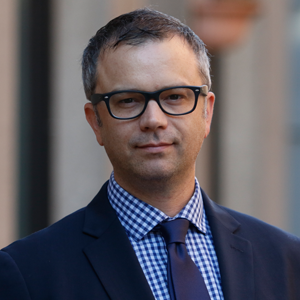
James Wright
Editorial Manager
Global Aquaculture Alliance
Portsmouth, NH, USA[103,114,111,46,101,99,110,97,105,108,108,97,97,103,64,116,104,103,105,114,119,46,115,101,109,97,106]
Tagged With
Related Posts
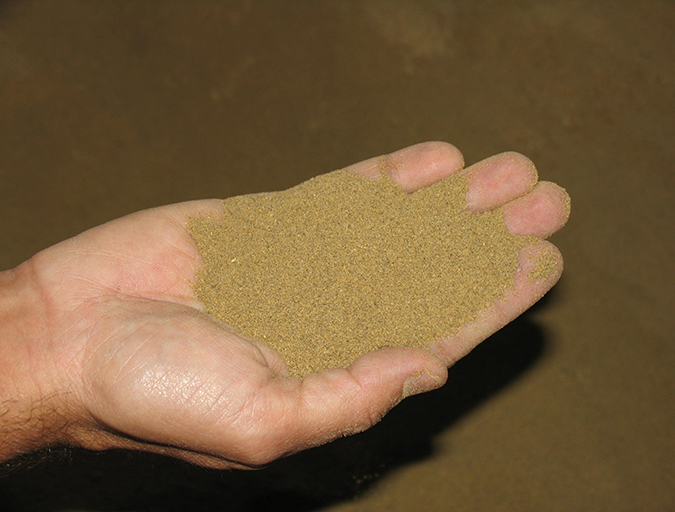
Aquafeeds
A look at the SME controlled extrusion process
A study was conducted using a Twin-Screw Extruder equipped with Specific Mechanical Energy (SME) and Density Control valves, to determine the effect of SME on the water stability of shrimp feeds. Further research is needed to evaluate the performance.
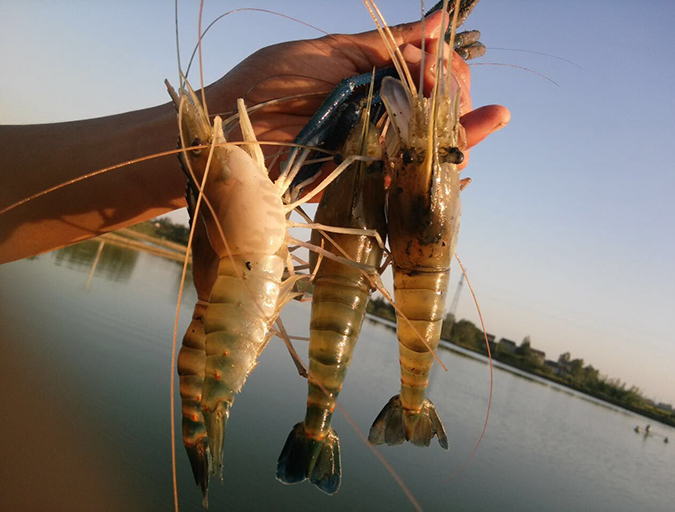
Intelligence
Culture of giant freshwater prawns in China
Farming of giant freshwater prawns is very popular in China. The Yangtze River Delta region produces more than 60 percent of the country's output. Production increases have resulted from a novel system that involves greenhouses that allow ponds to be stocked ahead by two months.
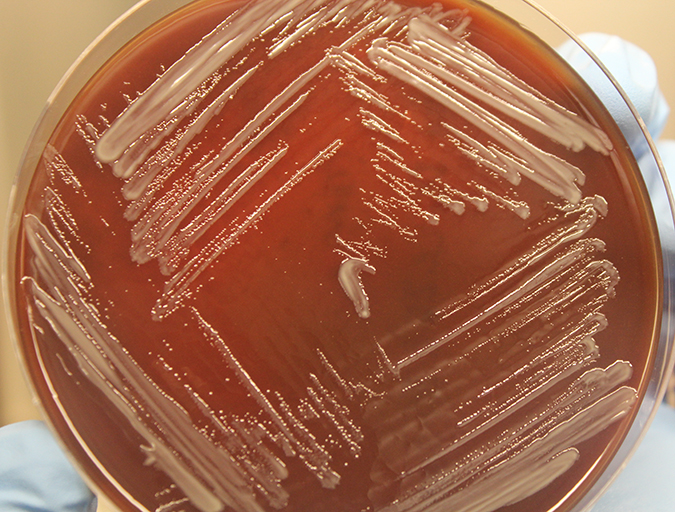
Health & Welfare
Studying the stubborn salmon disease SRS from afar
Piscirickettsia salmonis, or P. sal, is a persistent pathogen in the waters off Chile, causing millions of dollars of damage to the nation’s massive aquaculture industry. A university researcher 6,000 miles to the north hopes to provide insight that leads to the development of an effective vaccine.
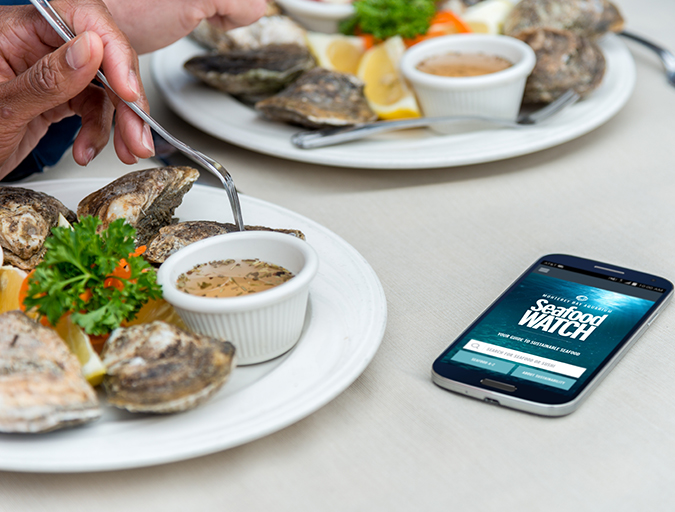
Intelligence
Seafood Watch: Criticism of ratings programs outdated
Concerns raised recently by Dr. Claude Boyd may have been accurate a decade ago, but Seafood Watch Science Director Wendy Norden says the program has made significant progress and is indeed encouraging better performance in aquaculture.

